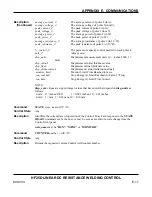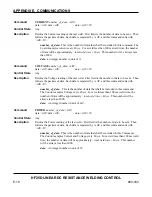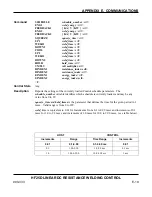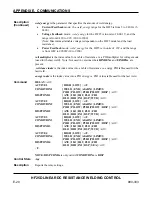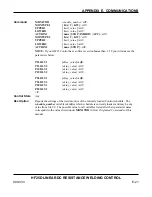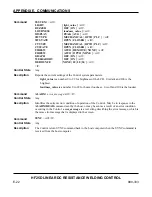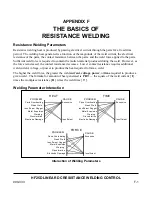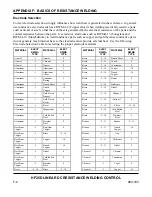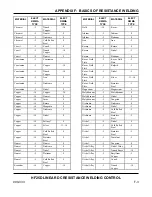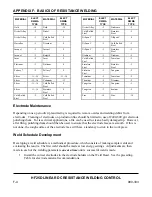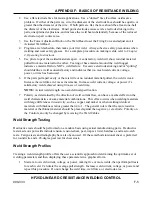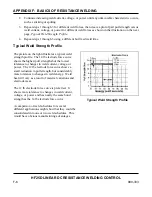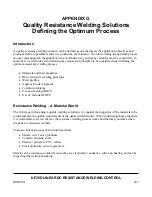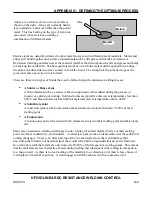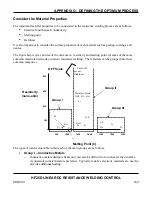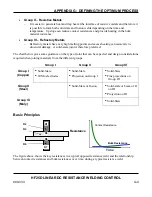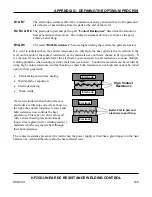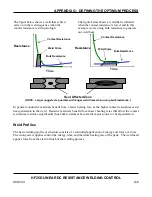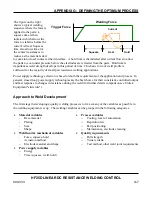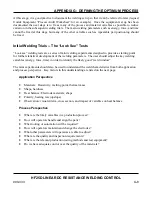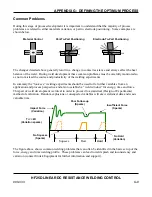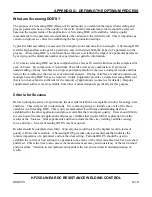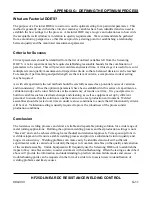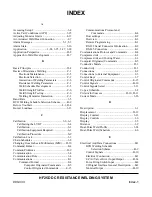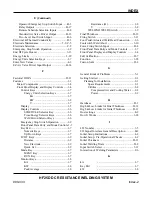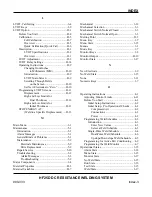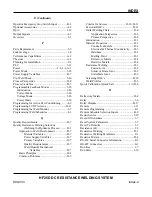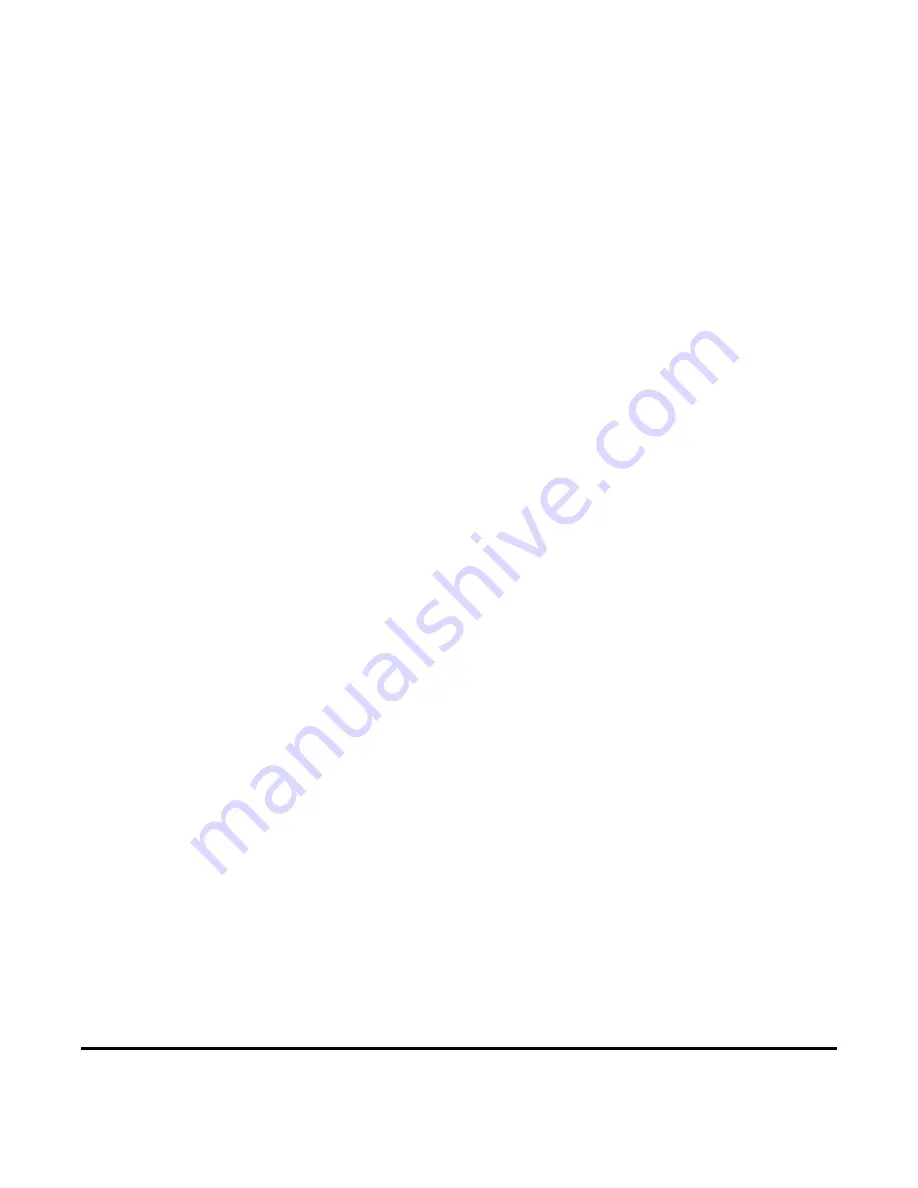
HF25D LINEAR DC RESISTANCE WELDING CONTROL
990-333
G-1
APPENDIX G
Quality Resistance Welding Solutions
Defining the Optimum Process
Introduction
A quality resistance welding solution can be defined as one that meets the application objectives and
produces stable, repeatable results in a production environment. In order to define the optimum process
the user must approach the application in a methodical way and many variables must be considered. In
this article we will look at the following key stages and principles to be considered when defining the
optimum resistance welding process:
•
Materials and their properties
•
Basic resistance welding principles
•
Weld profiles
•
Approach to development
•
Common problems
•
Use of screening DOE’S
•
Use of factorial DOE’S
Resistance Welding - A Material World
The first stage in designing a quality welding solution is to consider the properties of the materials to be
joined and also the quality requirements of the desired welded joint. When considering these properties
it is worthwhile to review the way the resistance welding process works and the likely outcome when
the parts are resistance welded.
There are four main types of structural materials:
•
Metals: silver, steel, platinum
•
Ceramic: alumina, sand
•
Plastics / polymers: PVC, teflon
•
Semiconductors: silicon, geranium
Metals can be resistance-welded because they are electrically conductive, soften on heating, and can be
forged together without breaking.
Summary of Contents for HF25A
Page 9: ...HF25D DC RESISTANCE WELDING SYSTEM 990 333 ix ...
Page 10: ......
Page 20: ......
Page 84: ...CHAPTER 6 CALIBRATION HF25D DC RESISTANCE WELDING SYSTEM 990 333 6 4 Final Calibration Setup ...
Page 113: ......
Page 129: ......
Page 153: ......
Page 171: ......

